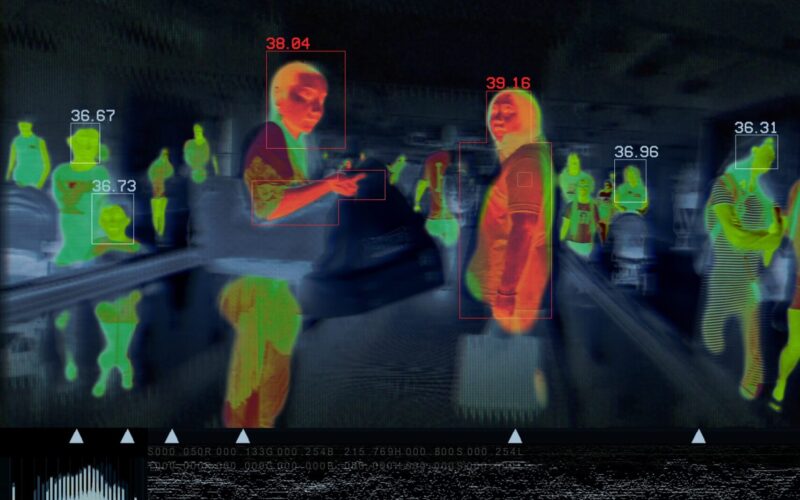The restrictions imposed by health authorities around the world have durably changed the expectations of passengers when it comes to air travel. Whether safety measures remain or not in the post-COVID era, providing a safe journey will definitely become a prerequisite to building back the trust of travelers.
Before the pandemic hit, the passenger experience had already been subject to transformation. Travelers had become more involved in their own journey processes, with commodities such as self-check-in resulting in less time spent face-to-face. However, less human contact with ground workers does not necessarily equal more safety.
Each checkpoint on a passenger journey can present a risk, as Laphang Chung, Senior Aviation Consultant at To70, pointed out during Air Convention Digital Week 2.0. The touch screen of a check-in kiosk, the plastic tray at airport security, the queue while boarding at the gate… so many elements which, when not taken into consideration, are a threat to the health of travelers. The governmental restrictions imposed on citizens, even outside the airport environment, have created what Chung qualifies as “biosecurity alarms” in passengers. They are now unconsciously able to identify a problematic situation.
The majority of those threats have been thoroughly addressed by the industry. Yet those rules imposed on airport authorities are not without consequences. Before, the different chokepoints in the airport experience were identified as precise stress-inducing points for a passenger. But in the post-COVID era, stress can now emerge as soon as a traveler steps in the departure hall. Because of numerous warning signs, the imposed pathways, blood tests, and thermal screenings, “going through the airport is like going through an obstacle course,” comments Chung.
It is unlikely that the whole arsenal of health measures currently being imposed will remain. However, one harmless and mostly stress-free technology could help keep a valuable level of safety: temperature screening. Whenever admitted into a health service, a temperature check is usually one of the first tests to identify whether a patient is sick or not. While it is not a sufficient diagnostic, unusual body temperature provides strong evidence that someone is sick.
With the use of thermal cameras, preliminary screening of skin temperature can be made several times throughout the journey of a passenger, and minimize the risk of contravener hiding their symptoms with the use of antipyretic medicine.
While passenger experience was previously focused on speed and access to services, the focus for airport operators has been shifted by the crisis. More than purely a governmental requirement, mitigating the risk of contagion is now a matter of gaining back the confidence of travelers in the post-COVID reality.

